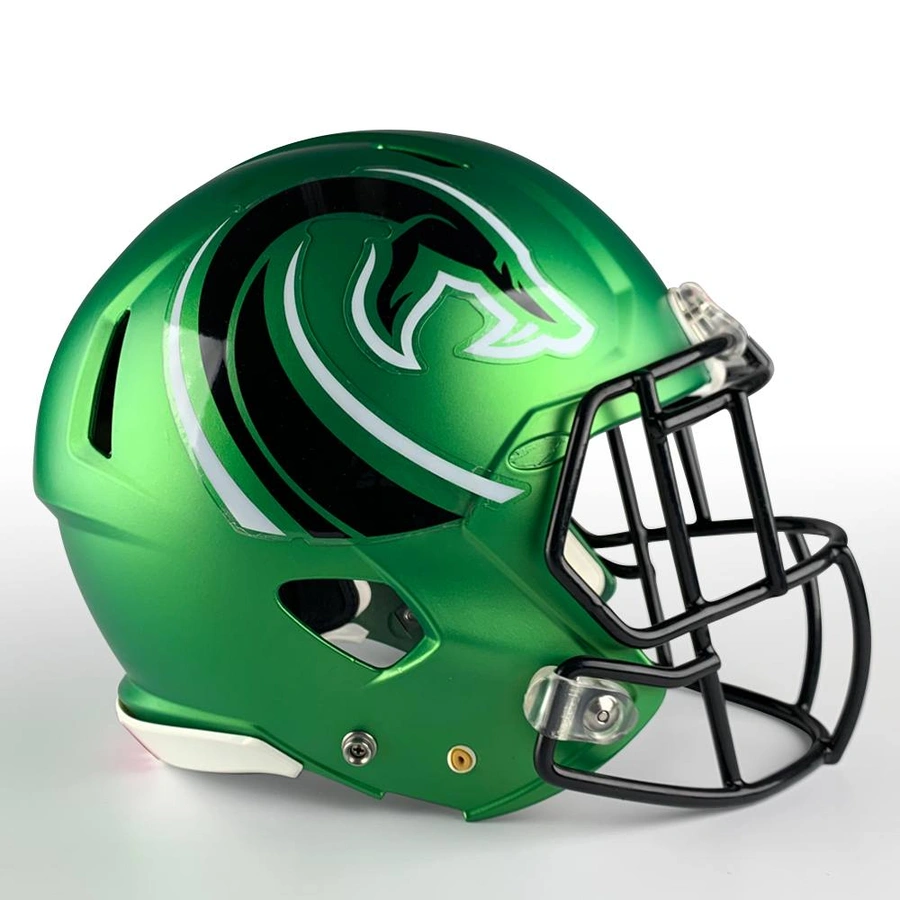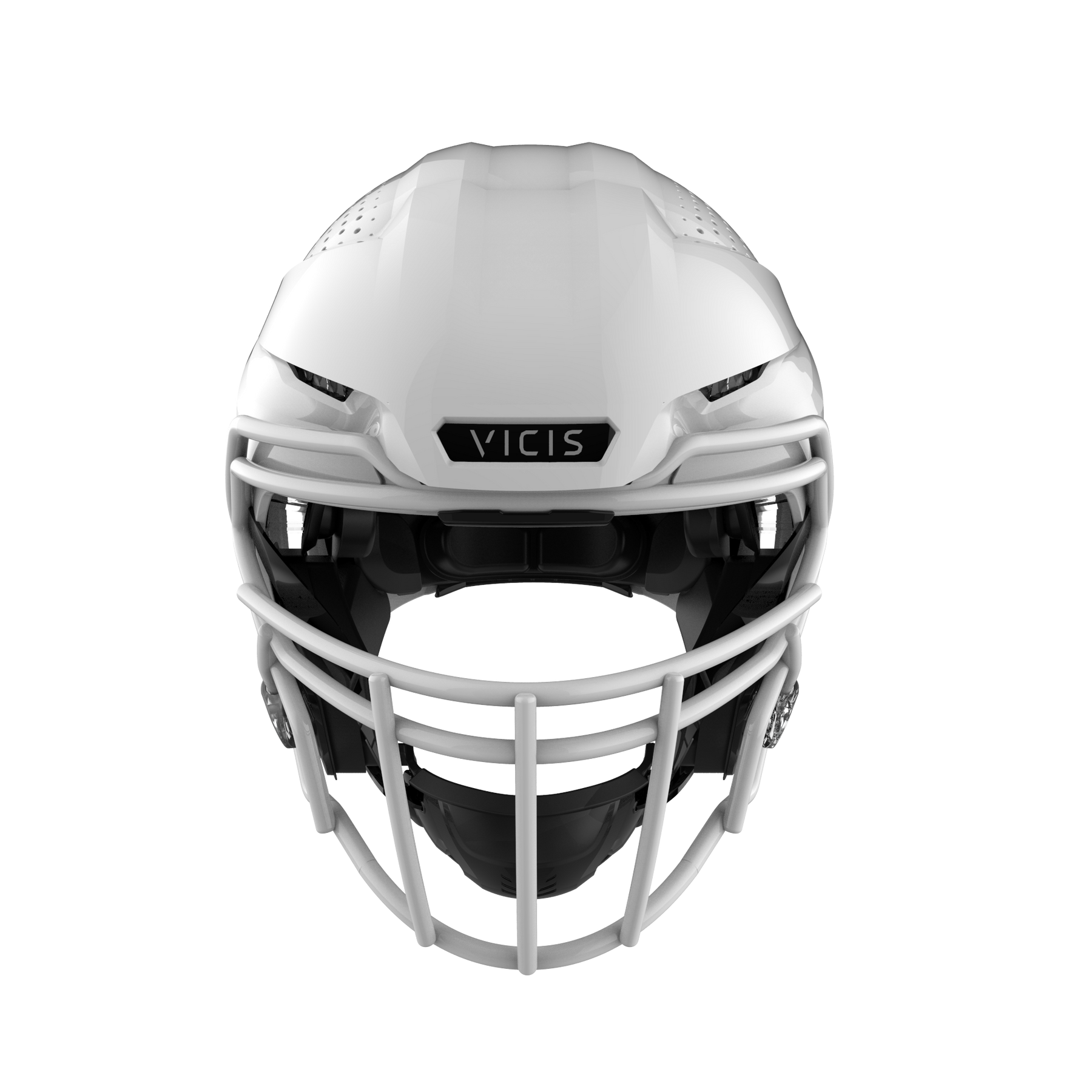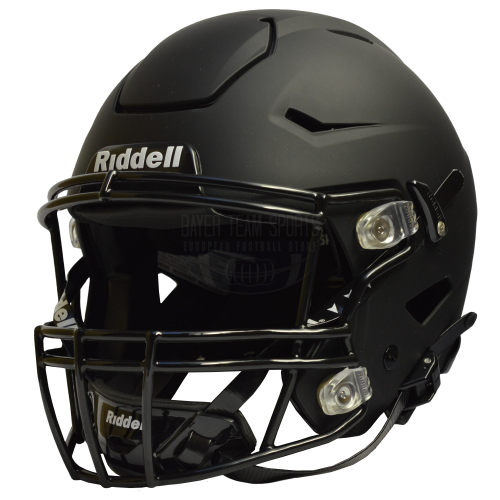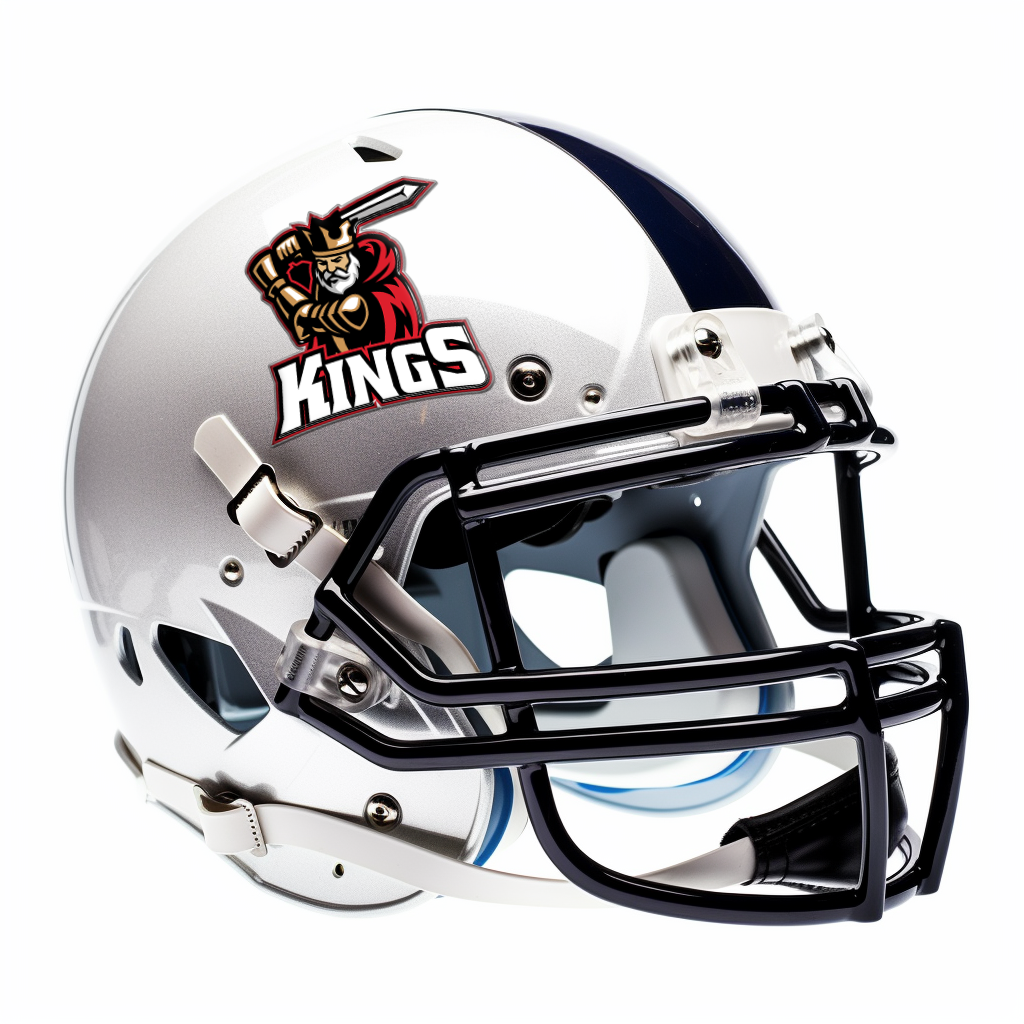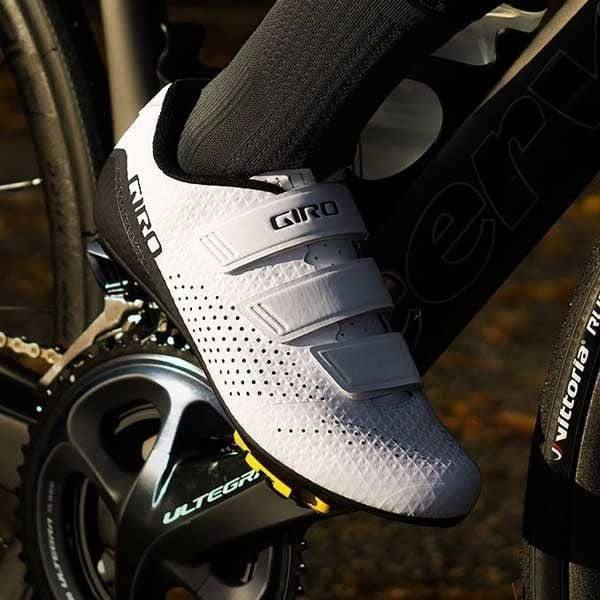Introduction
Football helmets have come a long way since their humble beginnings as mere leather caps designed to shield players’ ears from injury. Today, they are sophisticated pieces of protective equipment, incorporating cutting-edge technology and advanced materials to provide unparalleled safety for athletes on the gridiron. This comprehensive article explores the transformative journey of football helmets, examining their historical development, technological advancements, impact on player safety, and the ongoing quest for continuous improvement.
Early Days: From Leather Caps to Plastic Shells
The Birth of Football Helmets
The first football helmets emerged in the late 19th century, a response to the increasing brutality and frequency of head injuries in the rapidly growing sport. These rudimentary devices were little more than padded leather caps, primarily aimed at shielding players’ ears from the crushing blows of early football’s rough-and-tumble play. In 1893, George “Rosey” Rowley, a player for the University of Minnesota, is credited with wearing the first documented football helmet, a homemade contraption made of leather and ear flaps.
The Pioneering Work of Riddell and Spalding
By the early 20th century, companies like Riddell and Spalding began to produce commercially available football helmets. These early models featured thick padding and a suspension system that helped distribute impact forces more evenly across the head. Riddell’s 1939 “Head Harness,” with its distinctive web-like design, marked a significant step forward in helmet design, offering improved protection while allowing for greater visibility and ventilation.
The Advent of Plastic Shells
The 1940s witnessed a seismic shift in helmet design with the introduction of plastic shells. Riddell’s TK-1 model, introduced in 1946, was the first mass-produced plastic helmet, revolutionizing the industry with its lightweight yet durable construction. Plastic quickly became the material of choice due to its ability to withstand the rigors of football without compromising player safety. This transition not only enhanced protection but also paved the way for further design innovations and the integration of new technologies.
Technological Advancements: Revolutionizing Player Safety
Energy-Absorbing Liners and Padding
One of the most critical advancements in football helmet technology has been the development of energy-absorbing liners and padding materials. Early foam-based liners, such as Riddell’s Web Suspension System, were replaced by more advanced materials like expanded polystyrene (EPS) and thermoplastic urethane (TPU). These materials excel at dissipating and absorbing impact forces, significantly reducing the risk of concussion and other head injuries.
Face Masks and Chin Straps
The addition of face masks to football helmets in the mid-20th century represented a crucial advancement in player safety. Initially made of metal bars, face masks evolved into intricate wire configurations designed to protect the face and eyes without obstructing vision. Meanwhile, chin straps evolved from simple leather bands to highly adjustable, multi-point systems that ensure a secure, customized fit for each player.
Helmet-to-Helmet Contact Mitigation and Concussion Reduction
In recent years, addressing the issue of helmet-to-helmet collisions and concussions has become a top priority for helmet manufacturers. Advanced technologies like Riddell’s SpeedFlex and VICIS’ ZERO1 helmets incorporate flexible shell designs and innovative internal structures that help mitigate the force transmitted to the player’s head during impacts. Additionally, shock-absorbing bumpers, like those found in Schutt’s F7 helmet, are designed to reduce rotational forces, which are often associated with concussions.
Data-Driven Design and Performance Monitoring
The advent of data-driven design and performance monitoring technologies has taken football helmet innovation to new heights. Systems like Riddell’s InSite Impact Response System and VICIS’ Waveform Technology utilize sensors to monitor the severity and location of impacts during gameplay, providing valuable data for coaches, trainers, and medical staff to assess potential head injuries in real-time. Moreover, this data informs future helmet designs, ensuring continuous improvement in protection based on actual on-field experiences.
The Impact on Player Safety and the Future of Football Helmets
Football, known for its high-speed collisions and physical intensity, has long grappled with player safety concerns, particularly regarding head injuries. The primary piece of protective equipment designed to mitigate these risks is the football helmet. In recent years, advances in technology, scientific understanding of brain trauma, and public awareness have significantly influenced the development and evolution of football helmets, with a strong focus on enhancing player safety. This discussion explores the impact of these advancements on player safety and speculates on the future direction of football helmet design.
Current Impact on Player Safety
Improved materials and construction
Modern football helmets feature advanced materials like carbon fiber and thermoplastic urethane, which offer superior strength, lightweight, and energy absorption compared to traditional materials like leather and foam. These enhancements help dissipate and distribute forces more effectively, reducing the risk of skull fractures, concussions, and other head injuries.
Multi-layered padding systems
Many current helmets incorporate multi-density foam liners that cater to various impact energies. These layers work together to absorb and disperse force, providing better protection against both low-impact repetitive hits and high-impact collisions.
Adaptive fit technologies
Customizable fitting systems, such as inflatable bladders, adjustable occipital latches, and customizable cheek pads, ensure a snug, personalized fit for each player. A proper fit is crucial for optimal helmet performance, as it minimizes helmet movement during impacts and reduces the risk of injury.
Rotational force mitigation
Research has shown that rotational forces, rather than linear forces, play a significant role in concussion causation. Innovative helmet designs, such as those incorporating slip planes (e.g., Riddell’s SpeedFlex, VICIS’ ZERO1), or deformable shell structures (e.g., Xenith’s X2E), aim to reduce rotational acceleration by allowing the helmet to move independently from the player’s head, thus decreasing the strain on the brain.
Advanced testing and rating systems
Organizations like the National Operating Committee on Standards for Athletic Equipment (NOCSAE) and Virginia Tech’s Helmet Rating System have developed rigorous testing protocols and rating scales to evaluate helmet performance. These systems provide valuable information for players, coaches, and equipment managers, enabling them to make informed decisions when selecting helmets that offer the best protection against head injuries.
Future Directions for Football Helmets
Data-driven design and personalization
With the advent of wearable technology and advanced sensors, helmets may soon collect real-time data on impact forces, head kinematics, and even biometric indicators like heart rate and cognitive function. This data could be used to further refine helmet designs, personalize protection based on individual playing styles and positions, and even alert medical staff to potential concussions during games.
Advanced materials and manufacturing techniques
Research into new materials, such as nanocomposites and auxetic structures, may lead to even more effective energy-absorbing and -dissipating helmet components. Additionally, 3D printing and other innovative manufacturing methods could enable custom, on-demand production of helmets tailored to each player’s unique head shape and size, further enhancing fit and protection.
Integrated injury prevention and monitoring systems
Future helmets may integrate technologies like accelerometers, gyroscopes, and pressure sensors to continuously monitor head impacts and provide real-time feedback to players, coaches, and medical personnel. These systems could help identify high-risk behaviors, adjust training practices, and facilitate early intervention in the event of suspected concussions.
Enhanced face mask design
Face masks play a critical role in protecting the face and jaw but can also contribute to helmet rotation during impacts. Researchers are exploring new designs that minimize rotational forces, such as flexible or breakaway components, while maintaining adequate facial protection.
Regulatory and policy changes
As understanding of concussion risks evolves, so too may regulations governing football equipment. Stricter safety standards, mandatory helmet replacement intervals, and penalties for non-compliance could drive further innovation in helmet design and ensure widespread adoption of the safest available technologies.
Conclusion
The football helmet has undergone a remarkable transformation since its inception, evolving from a simple leather cap to a high-tech piece of protective gear that embodies the relentless pursuit of player safety. Through groundbreaking materials, innovative designs, and data-driven technologies, modern helmets have significantly reduced the risk of head injuries in the sport. Yet, the work is far from over. As researchers, manufacturers, and regulators continue to collaborate and push the boundaries of innovation, the future of football helmets promises even greater strides in protecting the game’s most valuable assets: its players.


